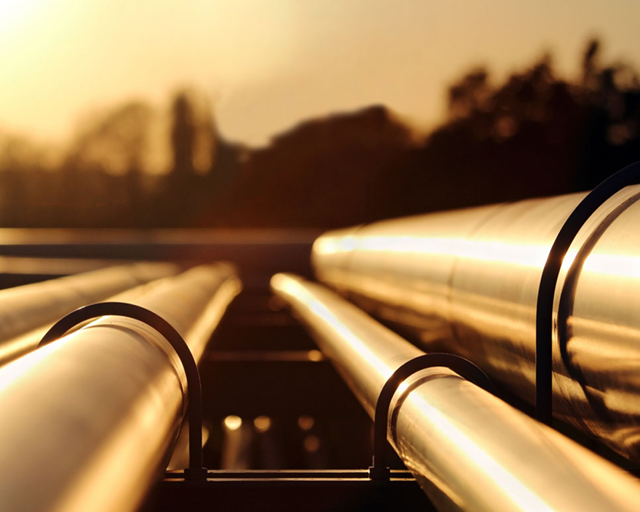Large-scale heat pumps as a promising option for climate-neutral heat generation

The heating sector is responsible for up to 50 percent of German energy consumption. With the planned coal phase-out and the sharp rise in gas prices, we are faced with the challenge of replacing two technologies for electricity and heat generation that can no longer be used in the future. Against this backdrop, large-scale heat pumps (LHP) represent a promising and climate-friendly alternative, especially when powered by electricity from renewable sources. Despite their advantages, there are currently still obstacles to the use and establishment of large-scale heat pumps in the market.
The project »District and process heat supply through heat pumps as a substitute for coal combustion (FernWP)« is dedicated to the technical and economic barriers that currently still prevent the widespread use of large-scale heat pumps. In this context, it provides answers to important questions that arise when integrating LHP into district and process heat supply systems.
As part of the project, the research team led by Anna Billerbeck, Fraunhofer ISI, has published a report on the economic framework conditions for large-scale heat pumps. In an interview with Industrie-Energieforschung, Anna Billerbeck talks about the challenges and opportunities of targeted promotion as well as the potential of large-scale heat pumps to replace coal in district heating.
Anna Billerbeck emphasizes that targeted promotion and an appropriate CO2 price are crucial for large-scale heat pumps to quickly compete with fossil technologies, even economically. The research results can be used by various stakeholders, such as political decision-makers, municipal planners or consultants, as well as district heating network operators and manufacturers of large-scale heat pumps, to overcome barriers to the expansion of the technology.
Anna Billerbeck sees the biggest hurdles in the expansion of large-scale heat pumps as technical and economic barriers. Many district heating networks have a high temperature level, which makes it difficult to deliver heat through large-scale heat pumps. In addition, there are not yet many plants that produce very high outputs. In terms of cost-effectiveness, Billerbeck says manufacturing is still rather bespoke. Another obstacle, he says, is the low level of awareness of the technology.
In the report, the research team examined three scenarios for the use of large-scale heat pumps. In the first scenario, the economic viability of the technology was calculated in comparison to other technologies, such as a gas-fired power plant or a heating plant. It was assumed that there would be no CO2 tax or subsidy and that large heat pumps would not be economical until 2050. In the second scenario, the CO2 price was considered, but even with a very high CO2 price up to almost 500 euros per ton of CO2, large heat pumps are not economical in the near future. In the third scenario, which included the subsidy from the new federal subsidy program for efficient heat networks, it was shown that large heat pumps can be operated economically, especially with a high CO2 price and full subsidy. However, if the CO2 price increases less and only a lower subsidy is granted, it is more difficult for large heat pumps to be competitive, especially compared to gas technologies.
You can read the interview here.
Here you can find more information about the project and our research in the field of heat transition and also download the report produced within the framework of the FernWP project.
 Cluster of Excellence Integrated Energy Systems
Cluster of Excellence Integrated Energy Systems